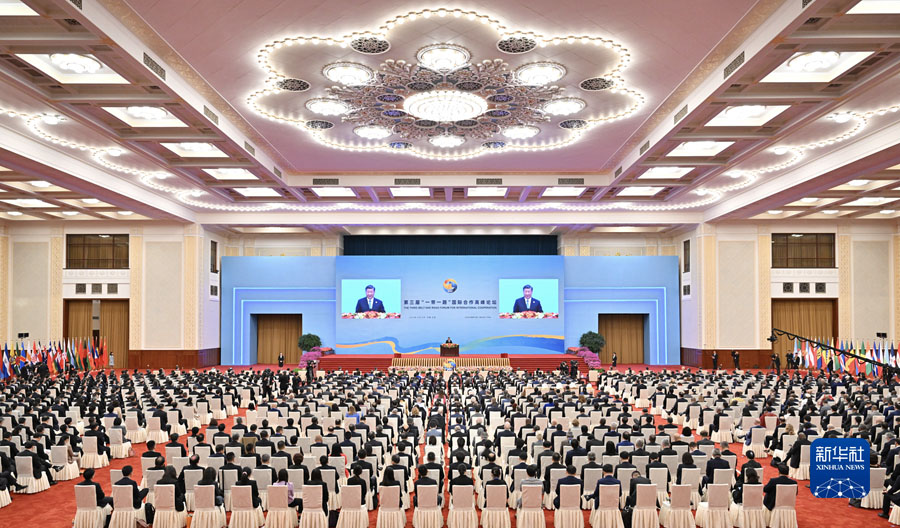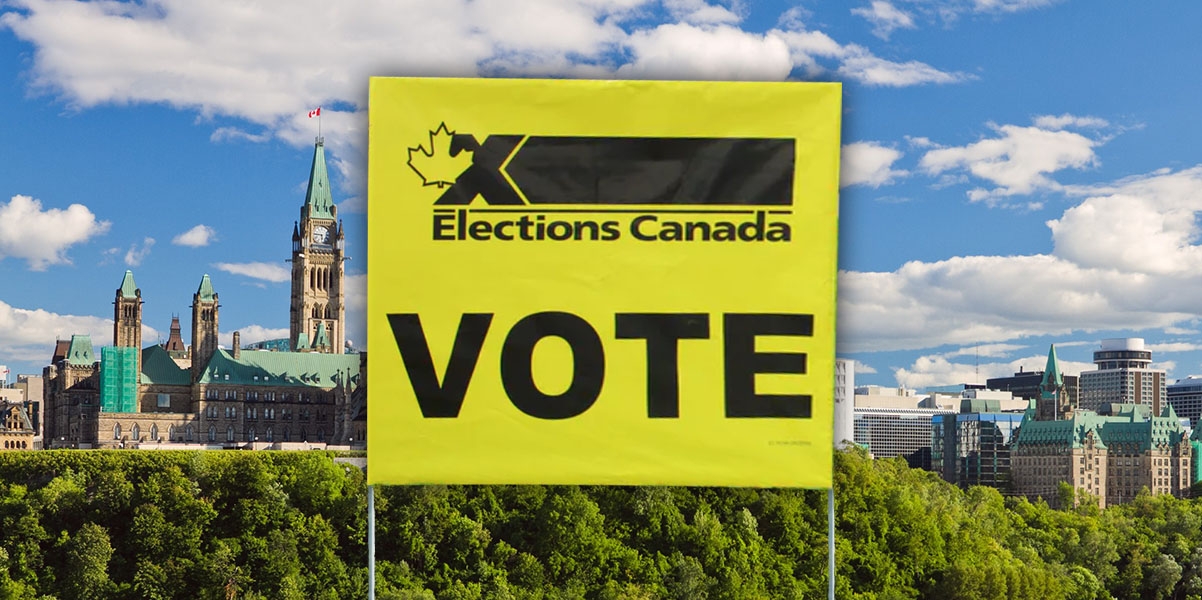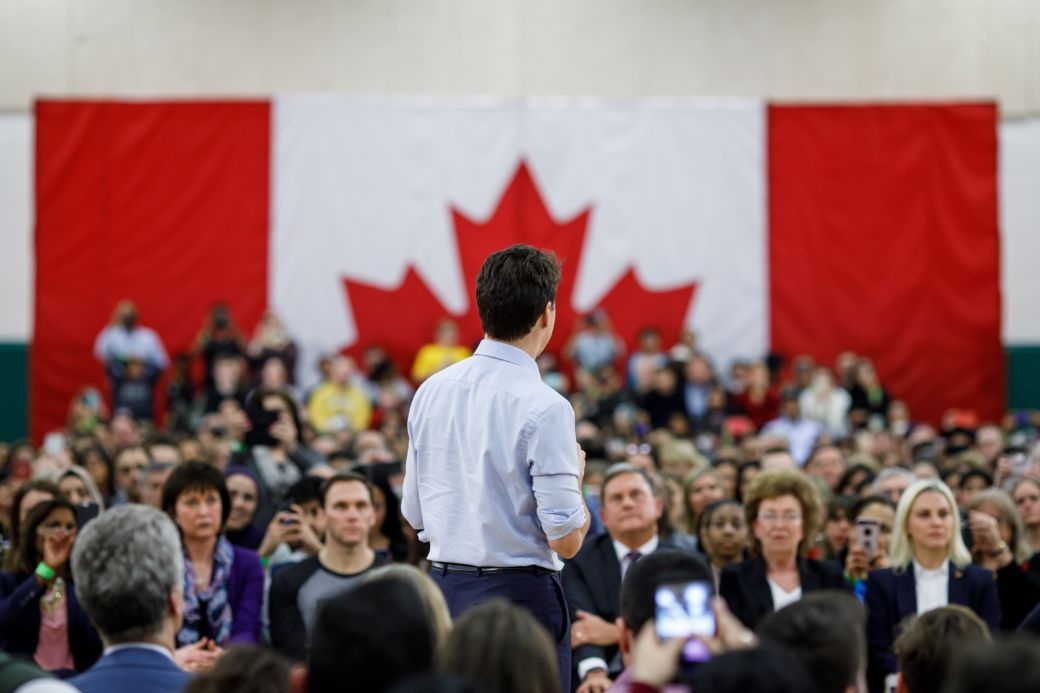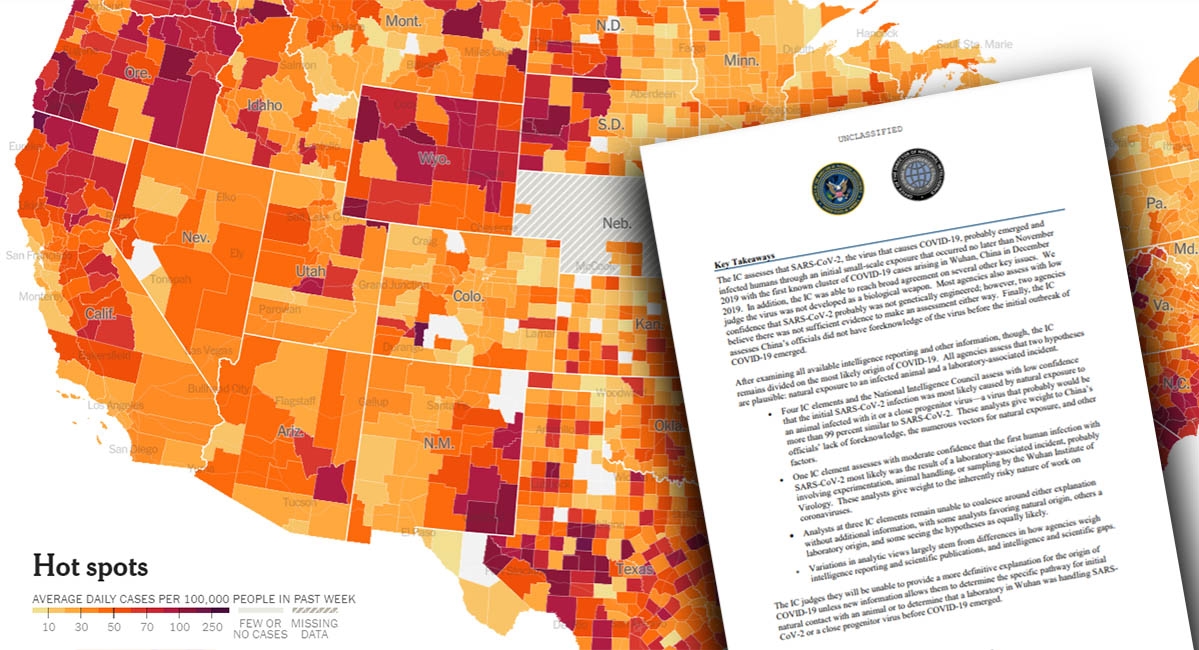
Belt and Road Initiative Offers Fresh Impetus to Global Economy
By H.E. Cong Peiwu, Chinese Ambassador to Canada
During my recent communication with people from various sectors of Canada, many of them showed great interest in the Belt and Road Initiative and inquired about its progress. I would like to take this opportunity to offer some information on this issue.
In 2013, President Xi Jinping proposed the Belt and Road Initiative (BRI). Over the past decade, the BRI has been based on the principle of “planning together, building together, and benefiting together.” It transcends differences between civilizations, cultures, social systems, and stages of development. It has transformed from an overall outline into a detailed blueprint and become the most well-received international public good and the largest platform for international cooperation with fruitful results.
First, the circle of friends of countries participating in the BRI has been enlarged. The Silk Road spirit of peace and cooperation, openness and inclusiveness, mutual learning and mutual benefit is the most important source of strength for Belt and Road cooperation. China has signed Belt and Road cooperation documents with more than 150 countries and over 30 international organizations and has established over 20 specialized multilateral cooperation platforms under the BRI. International observers say that no one in history has ever tried to connect so many countries and continents in the economic field through the implementation of a series of policies.
Second, rich fruits have been made in the Belt and Road cooperation. So far, there are over 3,000 projects under the Belt and Road cooperation, which have attracted a total investment of nearly one trillion US dollars. And the joint efforts in the construction of the BRI have created an array of national landmarks, livelihood projects, and milestones of cooperation. China provided more than 10 billion masks and 2.3 billion doses of vaccines to other countries and jointly produced vaccines with over 20 countries, making a special contribution to BRI partners’ efforts in fighting COVID-19. The World Bank estimated that BRI projects, if fully implemented, are expected to lift 7.6 million people from extreme poverty and 32 million people from moderate poverty.
Third, the BRI has helped improve the quality and effectiveness of global economic and trade cooperation. From 2013 to 2022, Chinese enterprises created 421,000 jobs in the economic and trade cooperation zones in the participating countries. China has become a main trading partner of more than 140 countries and territories and a primary source of investment for more countries. Just as UN Secretary-General António Guterres said, the BRI and the UN 2030 Agenda for Sustainable Development “both have sustainable development as the overarching objective,” and the BRI can speed up the implementation of the 2030 Agenda for the benefit of the whole world.
Fourth, the BRI has facilitated high-quality development. China has signed more than 50 cooperation agreements on eco-environmental conservation with relevant countries and international organizations. China and 31 participating countries jointly launched the Initiative for Belt and Road Partnership on Green Development, actively expanded cooperation in emerging areas, including digital economies, and launched the Beijing Initiative for Clean Silk Road. Former Under-Secretary-General of the UN Erik Solheim said that the BRI has become the biggest driving force for global green development.
I noticed that a few Western politicians and media outlets with ulterior motives hyped up China’s “debt trap.” According to research by the Belt and Road Institute in Sweden, the claim that the BRI created “debt traps” in developing countries is ill-founded. Such hype simply aims at undermining the development and cooperation between China and participating countries.
At the third Belt and Road Forum for International Cooperation, which was successfully held recently, President Xi Jinping announced eight major steps China will take to support our joint pursuit of high-quality Belt and Road cooperation, including building a multidimensional Belt and Road connectivity network, supporting an open world economy, carrying out practical cooperation, promoting green development, advancing scientific and technological innovation, supporting people-to-people exchanges, promoting integrity-based Belt and Road cooperation, strengthening institutional building for international Belt and Road cooperation. President Xi Jinping pointed out that humankind is a community with a shared future. China can only do well when the world is doing well. When China does well, the world will get even better.
I believe that more and more people will really feel that Belt and Road cooperation is based on the belief that the flame runs high when everyone adds wood to the fire and that mutual support can get us far. Such cooperation seeks to deliver a good life not only to people of just one country, but to people in other countries as well. It promotes connectivity, mutual benefit, common development, cooperation and win-win outcomes. As Belt and Road cooperation steps into a new stage of high-quality development, the efforts to jointly build a community with a shared future for mankind will also achieve new gains.








